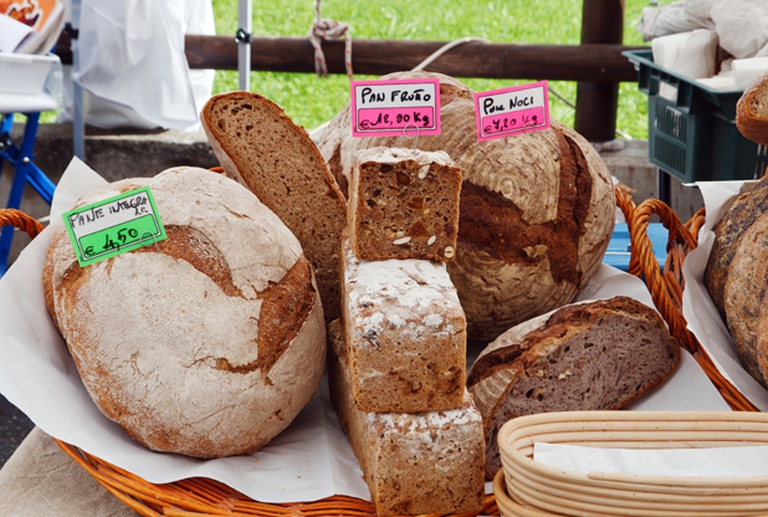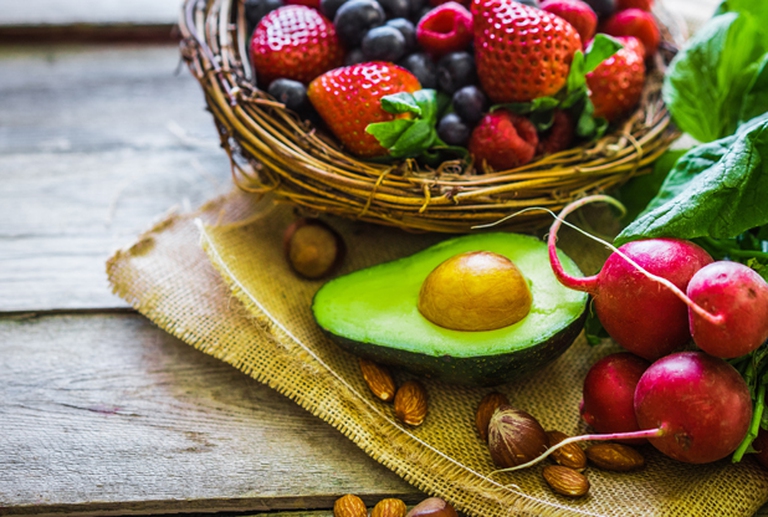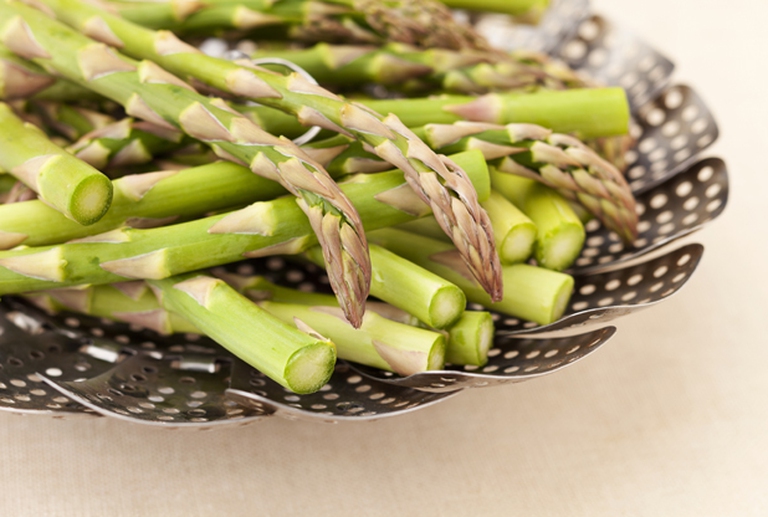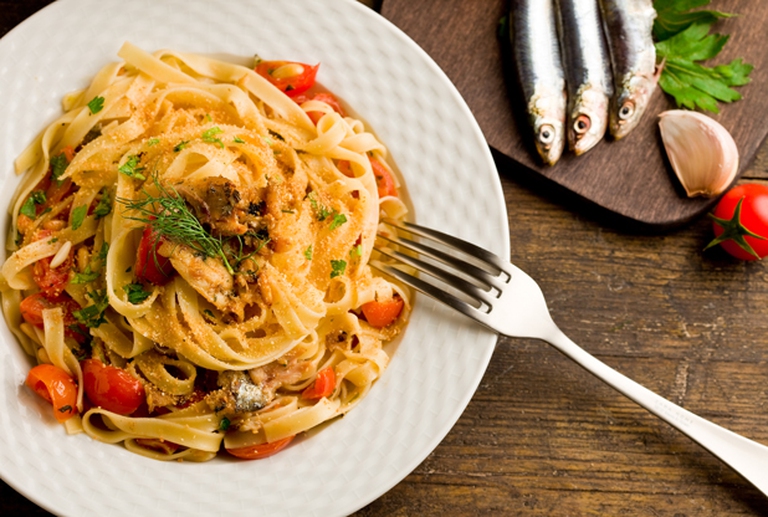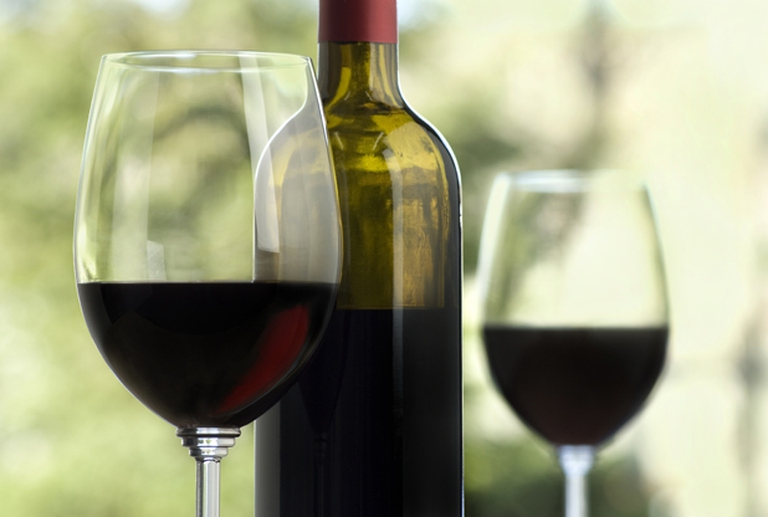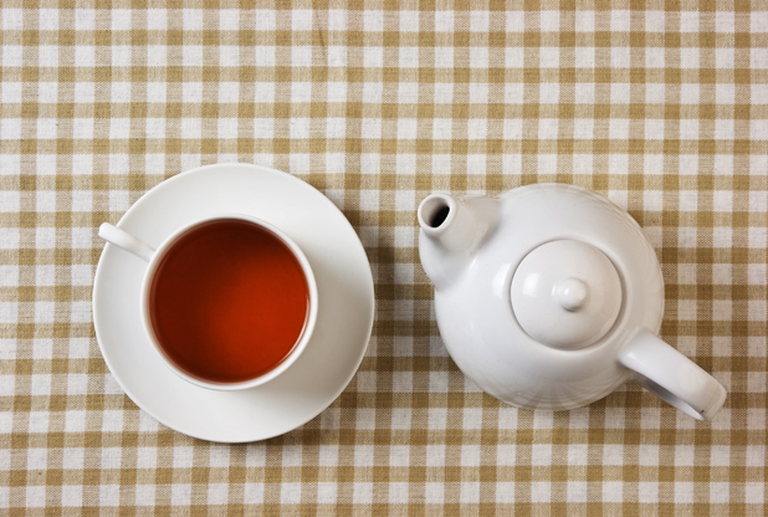
Factory farming conditions and antibiotic-resistant pathogens emerging as a result of them pose an existential threat to humans in the form of zoonotic diseases. Why it’s time to produce and consume food more thoughtfully.
A table full of fresh and colourful well-cooked foods helps protect the body from the damage of free radicals. Let’s discover how.
Experts often talk about the anti-radical diet, but what are free radicals? They are unstable fragments of molecules naturally created by our body to protect itself against viruses and bacteria or as a result of some metabolic processes. Stress, unhealthy food habits, radiations, excessive sun exposure, pollution, cigarette smoke, drugs or alcohol can form dangerous amounts of free radicals that can damage the DNA and promote some diseases as well as ageing. We asked Nico Valerio, food expert and science writer, to reveal the ten food habits to adopt in order to defend our body against free radicals.
Whole coated grains that are cooked in cold water like rice, flakes or crushed grains and whole flour with which to prepare pizzas, spaghetti, pies, bread and biscuits and taste the flavours of past times.
Finding good wholemeal bread is not easy. The bread you buy at the baker’s is often prepared with 00 flour and a pinch of bran, is tasteless and full of additives, added fats and preservatives. You can find it only at the artisan bakeries. Try to weigh it: it must be heavy and very dark inside. Researchers at Nagasaki University reveal that the antioxidants contained in whole grains, which are rich in vitamin E, B group vitamins, carotenoids, zinc, copper, selenium and other trace elements, destroy free radicals 50 times more than vitamin C and E.
To be consumed with the peel, which is rich in antioxidant polyphenols, saponins, anti-cancer phytates. Those who suffer from intestinal bloating after eating legumes should consider that eating them regularly reduces and then eliminates this problem. They must be well cooked: when you cook them they must always be tender and easily squeezable between your fingers.
250 g of vegetables to be cooked, 100 g to be eaten raw, 1 large fruit such as an orange or apple, or 150 g of small fruits. A glass of any fresh fruit juice should be considered as one serving. The vegetables that contain more antioxidants are the green-leaved, coloured or spicy ones. Those that are more effective in tackling free radicals are dark green-leaved and – mostly – spicy vegetables that contain large amounts of sulfur (for example garlic and onion). Bright coloured vegetables including red and yellow peppers, red cabbage, dark orange carrots, yellow squash, bright red tomatoes and beets, are also high in antioxidants. The best fruits to fight free radicals are the ones that are more sour or yellow, red and bluish-black coloured when ripe: oranges, apricots, grapefruit, tangerines, blackberries, blueberries, black grapes, black plums, strawberries, cherries, yellow-fleshed peaches, pineapple, kiwi, persimmons. The peel or skin contains larger amounts of antioxidants than the pulp. It is also advisable to eat the peel of citrus fruits (only if organic), which is rich in antioxidants.
Extra virgin olive oil and cold-pressed soy oil are the most suitable to replace animal fats. A study shows that olive oil loses more antioxidants (sterols and polyphenols) in clear glass bottles. It would be ideal to put it in a dark glass bottle. Oil seeds (walnuts, hazelnuts, almonds, pine nuts, sesame, sunflower) are also recommendable provided that they’re fresh as well as wheat germ.
Steam as briefly as possible so that the vitamin C, antioxidants and glucosinolates remain almost intact. Consume a lot of raw or seared foods at every meal. Never leave food at room temperature, put it in the refrigerator. Avoid excessive food exposure to air and light. The vegetables should be first washed and then cut or sliced. Do not fry the food, especially meat and fish. Avoid burning or browning roasted foods. Season cereals (for example pasta) with raw or seared vegetables. The oil should be added raw to the dishes.
Coldwater fish (mackerel, sardine, herring, tuna, trout, salmon, cod, anchovies etc.) and its liver that is rich in the EPA and DHA omega3 essential fatty acids are recommendable, as well as cod liver oil to season your dishes.
Red wine has more than double the antioxidant power of white wine. Then we suggest that you drink abundant water during the day.
Green tea is more effective than black tea. But coffee and chocolate are antioxidant foods as well.
Mostly ginger, turmeric, thyme, sage, rosemary and oregano.
As a snack in the morning or afternoon, a natural fruit and/or vegetable juice increases the antioxidant intake. It is important to eat seasonal fruits and vegetables of all colours.
Siamo anche su WhatsApp. Segui il canale ufficiale LifeGate per restare aggiornata, aggiornato sulle ultime notizie e sulle nostre attività.
![]()
Quest'opera è distribuita con Licenza Creative Commons Attribuzione - Non commerciale - Non opere derivate 4.0 Internazionale.
Factory farming conditions and antibiotic-resistant pathogens emerging as a result of them pose an existential threat to humans in the form of zoonotic diseases. Why it’s time to produce and consume food more thoughtfully.
The world of cinema recognises the link between food choices and the climate crisis by offering vegan menus for awards season events, including at the most important of them all: the Oscars.
Let’s look at the reasons behind the growth of veganism in India, as a small yet vocal section of the population turns towards this diet and lifestyle in the largest milk producing country in the world.
by Jeffrey Y. Campbell, Manager of the Forest and Farm Facility at FAO In the Ecuadorian Amazon, Kichwa farmers grow dozens of products on tiny parcels of land. Their lands hum with biodiversity, yielding nutritious foods that have sustained families for generations. Wandering among fruit and nut trees and crops, these indigenous agroforesters fill their baskets
Mint has many health benefits, but in food it’s often accompanied by artificial green colourings. Instead, Galatea has created a green mint ice cream in a completely natural way.
We’re talking about Galatea, a company that produces semi-finished products for artisanal ice creams using high quality ingredients, natural colouring, excluding thickeners and hydrogenated fats, respecting the environment and supporting the less fortunate.
The mad rush to fake food, like fake meat made with genetically-modified soy, ignores the importance of the diversity of our foods and culinary cultures. It’s a recipe to accelerate the destruction of the Planet and our health.
Like with all foods, the quality of an ice cream can be discerned by reading its label. An expert explains how to do this, and tells us how their company steers clear of chemicals, using only natural ingredients to produce an excellent and “free” ice cream.
Quality ingredients, no artificial colouring and hydrogenated fats. These are the main features of a great ice cream. But what makes an ice cream parlour “good”, i.e. sustainable?
